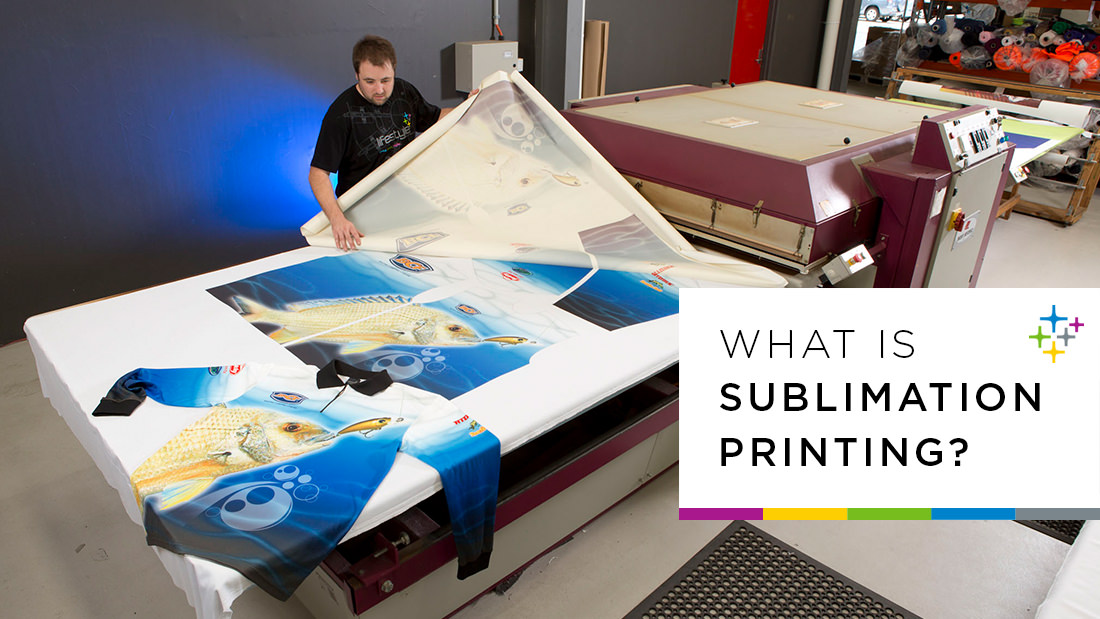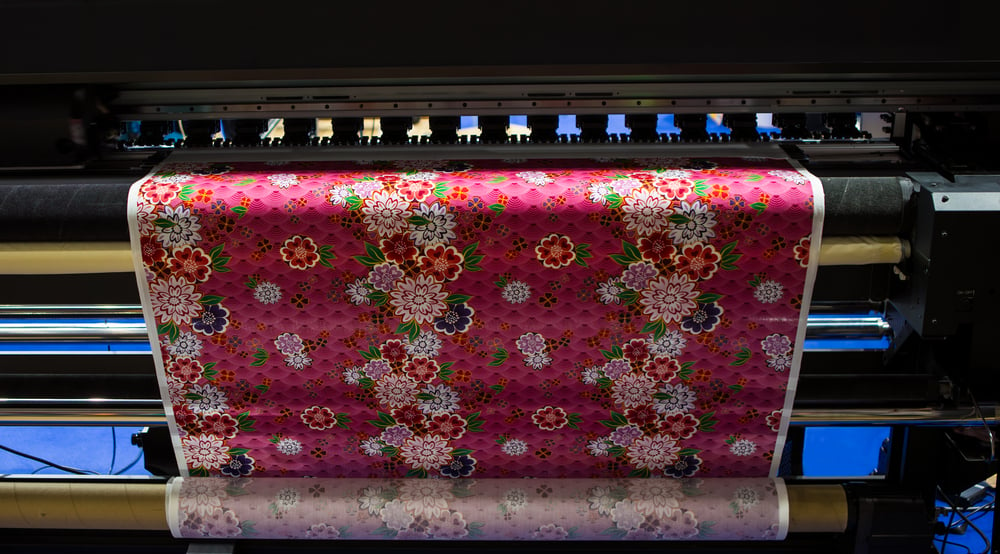A Comprehensive Guide to the Different Sorts Of Cloth Printing Strategies
Each method, from the precise craftsmanship of block printing to the fast performance of display printing, serves unique functions and uses unique advantages. Digital printing's flexibility and ecological awareness stand in stark contrast to the swift personalization of warmth transfer printing.
Block Printing
Block Printing, one of the oldest techniques of textile design, has an abundant background that dates back to ancient people. The procedure involves carving elaborate styles into wood blocks, which are after that dipped in color and pushed onto textile to develop patterns.
The precision and craftsmanship involved in block printing make it a labor-intensive process, but it likewise enables a high level of modification. Artisans can develop special patterns by incorporating various blocks or varying the application of color. This adaptability has contributed to the enduring popularity of block printing in both conventional and contemporary fabric style.
Block printing is particularly valued for its aesthetic top qualities, consisting of the mild variants in pattern and color that result from the hand-printing process. These blemishes provide a distinct personality to each item, differentiating it from mass-produced materials. Despite advances in modern-day printing modern technologies, obstruct printing stays a cherished technique, celebrated for its historic relevance and artistic worth.
Screen Printing
Display printing, another prominent fabric design strategy, has revolutionized the sector with its effectiveness and convenience. This technique involves producing a pattern, understood as a display, and utilizing it to apply layers of ink on the printing surface area. Each shade in the design requires a different display, which enables for vibrant and detailed multi-colored prints.

Among the crucial advantages of display printing is its versatility to various kinds of materials, including cotton, polyester, and blends. This method is especially ideal for large-volume orders as a result of its cost-effectiveness and rate. The resilience of the prints is one more considerable benefit, as the ink bonds well with the fabric, making sure resilient styles that stand up to numerous cleans.
The procedure starts with preparing the screens by finish them with a light-sensitive solution. When dried, the style is transferred onto the emulsion-coated screen using a UV source of light. The exposed areas harden while the unexposed components are cleaned away, developing a pattern. Ink is after that pushed with the stencil onto the fabric using a squeegee.
Display printing is commonly utilized in the fashion business, advertising items, and custom garments. Its ability for high-grade, thorough prints safeguards its condition as a cornerstone technique in textile printing.
Digital Printing
Digital printing has promptly become an innovative method in the textile sector, leveraging innovative modern technology to generate high-resolution styles directly onto fabric. Unlike conventional techniques, digital printing uses inkjet printers to down payment pigment or dye-based inks onto fabrics, allowing elaborate and vibrant patterns with an exceptional level of detail and shade precision.
One of the key benefits of digital printing is its flexibility. This method permits on-demand printing, which significantly decreases waste and reduces stock expenses. Furthermore, it sustains brief runs and customized layouts, making it suitable for bespoke tasks and limited-edition collections. The elimination of displays and other arrangement demands even more improves efficiency, reducing manufacturing time and labor costs.
Additionally, digital printing is eco-friendly. sublimation printing. It uses water-based inks and needs much less water and power compared to traditional strategies, lining up with lasting techniques. The precision of digital printing additionally permits making use of a larger series of fabrics, consisting of cotton, silk, polyester, and blends, guaranteeing convenience across different applications
Warm Transfer Printing
How does warm transfer printing reinvent textile design? This technique has actually brought significant developments by enabling vibrant and intricate designs to be moved onto browse around these guys a selection of textiles with impressive accuracy. Warm transfer printing includes utilizing warm and stress to move a style from a specifically formulated paper onto material. This process starts with publishing the preferred photo onto transfer paper making use of specialized inks. Once the photo is printed, the paper is positioned onto the material and subjected to a warmth press, which transfers the ink from the paper to the fabric.
Among the main benefits of warm transfer printing is its capacity to create top quality, thorough pictures quickly and effectively. It is particularly appropriate for small production runs and custom orders, making it a prominent choice for individualized apparel and marketing things. Furthermore, this strategy is versatile, fitting numerous sorts of textiles including cotton, polyester, and blends.
In addition, heat transfer printing is reasonably cost-effective compared to various other methods, as it needs marginal setup and reduced initial financial investment - DTF printing. This cost, paired with its capacity for creating vibrant, resilient prints, emphasizes its pivotal function in modern-day textile design

Dye Sublimation Printing
Dye sublimation printing, an innovative textile printing technique, provides unequaled vibrancy and durability for designs on numerous synthetic fabrics. The printed transfer paper is after that placed on the material, and both are subjected to high heat and pressure using a warmth press.
One of the essential advantages of dye sublimation printing is its ability to produce continuous-tone prints with complex details and vivid shades. Unlike wikipedia reference other printing approaches, the dye comes to be part of the textile rather than resting on top of it, resulting in a breathable and soft coating.
Verdict
In summary, towel printing methods each deal special benefits customized to different demands and applications. Block printing is admired for its artisanal top quality, while screen printing is advantageous for high-volume manufacturing. Digital printing supplies convenience and environmental advantages, whereas heat transfer printing is optimal for rapid customization. Color sublimation printing generates vibrant, durable styles on synthetic fabrics. The variety and development within these techniques highlight the vibrant and go to the website advancing nature of the cloth printing industry.
Each technique, from the careful craftsmanship of block printing to the fast effectiveness of screen printing, serves distinct functions and offers distinct benefits. Digital printing's flexibility and ecological awareness stand in plain contrast to the quick customization of heat transfer printing. Despite advances in modern-day printing modern technologies, obstruct printing stays a treasured method, celebrated for its historic relevance and creative value.
Dye sublimation printing, a sophisticated textile printing strategy, uses unequaled vibrancy and durability for designs on numerous artificial textiles. Digital printing supplies adaptability and environmental benefits, whereas warmth transfer printing is excellent for fast customization.